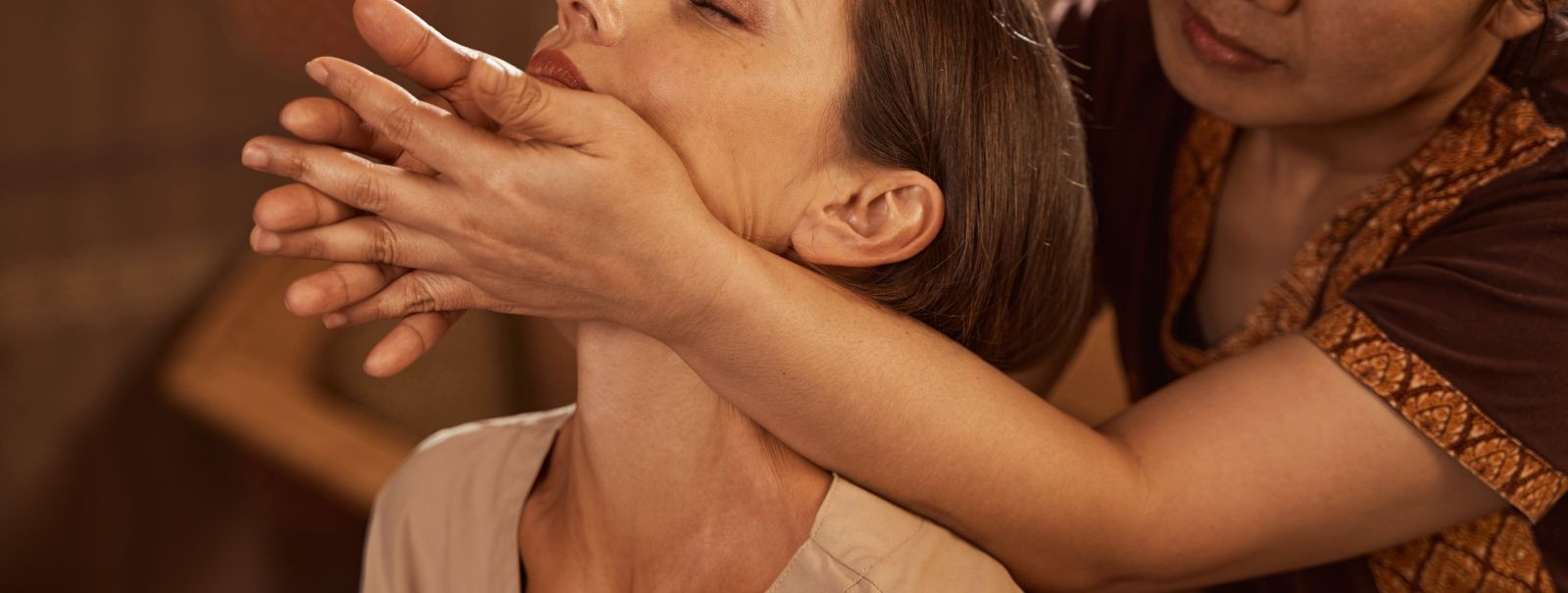The ultimate guide to chinese medical therapies
Chinese medical therapies have a rich history that spans thousands of years. Rooted in ancient traditions, these practices have evolved through empirical observation and philosophical interpretations of health and disease. They represent a holistic approach to healing, emphasizing balance and harmony within the body and with the natural world.
The philosophy behind Chinese medicine is deeply intertwined with Taoist and Buddhist principles, which advocate for a life of balance, moderation, and alignment with the natural order. The concept of health in Chinese medicine is not merely the absence of disease but a state of complete physical, mental, and social well-being.
Key Components of Chinese Medicine
The concept of Yin and Yang is central to Chinese medical thought. These two opposing yet complementary forces are believed to be present in all aspects of life and must be in balance for health to be maintained. An imbalance between Yin and Yang can lead to illness and dysfunction.
Qi, or Chi, is the life force or vital energy that flows through the body's meridians. It is the driving force behind every bodily function and is influenced by factors such as diet, exercise, emotions, and environmental forces. Maintaining the smooth flow of Qi is essential for health and vitality.
The Five Elements Theory is another fundamental concept in Chinese medicine, representing the interconnection and interdependence of all things. The elements—wood, fire, earth, metal, and water—are associated with different organs and physiological systems, and imbalances can lead to various health issues.
Major Chinese Medical Therapies
Acupuncture involves the insertion of fine needles into specific points on the body to stimulate Qi flow and restore balance. It is widely used for pain relief, stress management, and treating a range of conditions from digestive disorders to respiratory issues.
Chinese herbal medicine utilizes an extensive pharmacopeia of natural substances, including plants, minerals, and animal products, to treat illness and promote health. Prescriptions are tailored to the individual's unique pattern of symptoms and constitution.
Tui Na is a therapeutic form of massage that combines techniques such as rubbing, kneading, and pressing to regulate Qi and blood flow. It is often used to relieve musculoskeletal conditions and to enhance overall well-being.
Qigong and Tai Chi are practices that combine movement, meditation, and controlled breathing to cultivate and balance Qi. They are accessible to people of all ages and fitness levels and have been shown to improve flexibility, strength, and stress resilience.
Dietary therapy in Chinese medicine involves the consumption of specific foods and herbs to nourish the body and support the balance of Yin and Yang and the flow of Qi. It is a personalized approach that takes into account the individual's health condition, climate, and lifestyle.
Integrating Chinese Medical Therapies into Modern Healthcare
Integrating Chinese medical therapies into modern healthcare can offer a more comprehensive approach to treatment, addressing not only the symptoms but also the root causes of illness. It can also provide additional options for those who prefer natural and non-invasive treatments.
While there are many benefits to integration, there are also challenges, such as ensuring the quality and safety of herbal products and navigating the differences between Eastern and Western medical philosophies. It is important for practitioners to be well-trained and for patients to seek care from reputable providers.
Choosing the Right Therapy for You
In Chinese medicine, assessment and diagnosis involve a comprehensive evaluation of the individual's symptoms, lifestyle, and constitution. Practitioners use methods such as pulse taking, tongue examination, and detailed questioning to determine the underlying imbalances.
Once a diagnosis is made, a personalized treatment plan is developed, which may include one or more Chinese medical therapies. The plan is tailored to the individual's specific needs and is adjusted over time as the person responds to treatment.






Comments (0)